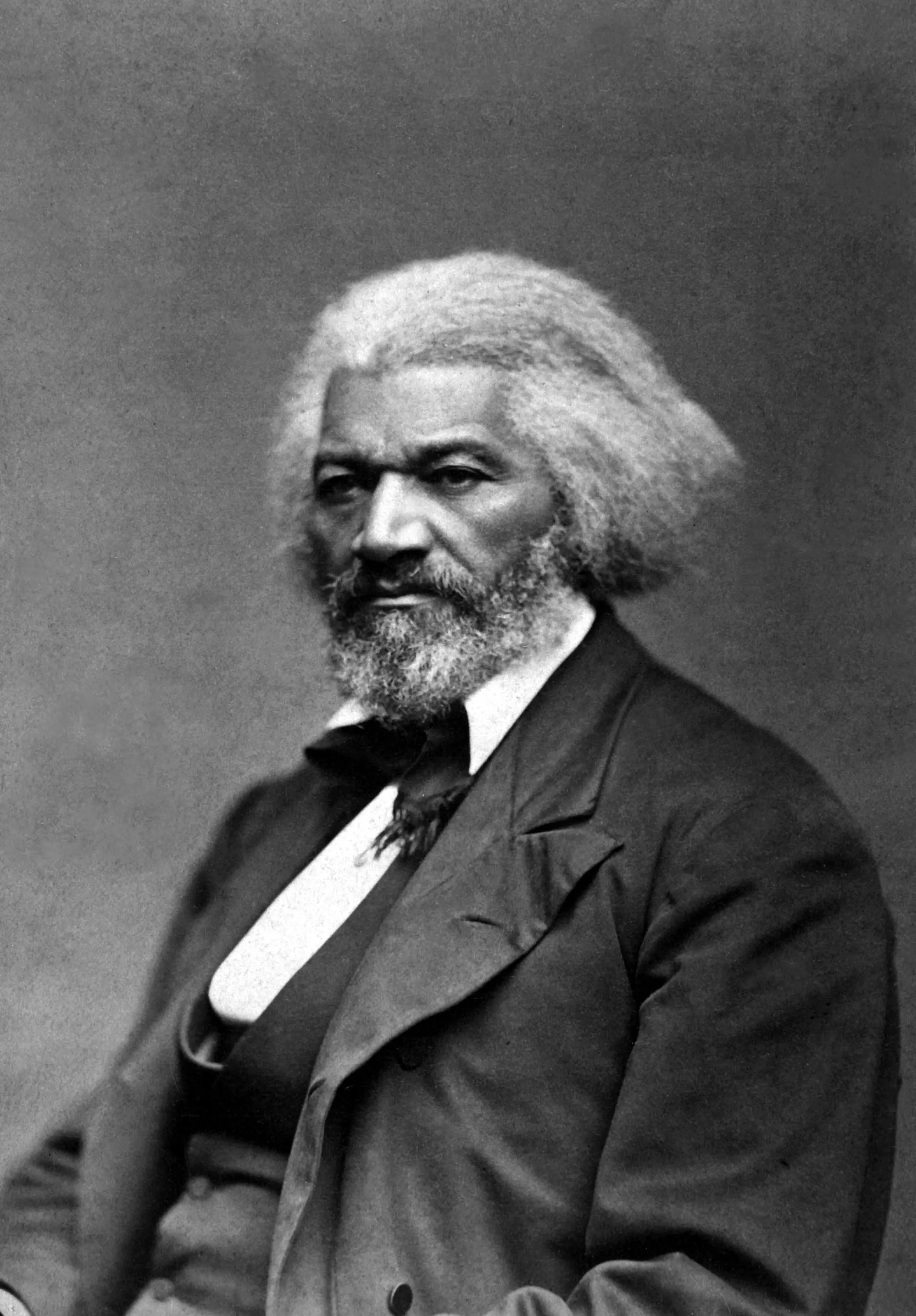Abolitionists
Abolitionist Movement
Abolitionists in the United States from 1850 to 1880 played a significant role in ending slavery. The Abolition Movement believed that slavery was illegal, and the movement worked to end slavery in the United States. There were several famous abolitionists from varying ethnic groups like William Lloyd Garrison, Harriet Tubman, and Frederick Douglass, a former slave. The Abolition Movement used several tools like publications, newspapers, pamphlets, and political conventions to spread their word of abolishing slavery in the United States.

Definition
The definition of an abolitionist is someone that wants to end or abolish a particular institution or practice. They formed the Abolition Movement to end slavery.
Abolitionists Movement Facts for Kids
- The Abolition Movement began in the United States and around the world in the late 17th
- England and the United States outlawed the international slave trade before 1810. But the buying, selling, and transporting of slaves illegally still existed in the southern states.
- The movement grew in numbers during the Second Great Awakening in the United States from 1820 through the 1840s.
- Abolitionists used literature and other means of propaganda to further their cause of abolishing slavery. President Andrew Jackson prohibited the United States Postal Service from delivering such materials to people.
- By 1840 northern states above the Mason-Dixon Line had eliminated slavery.
- William Lloyd Garrison was a prominent abolitionist and was the editor of The Liberator.
- The Underground Railroad was created by Harriet Tubman and helped fugitive slaves escape. Other prominent abolitionists included Susan B. Anthony, Harriet Beecher Stowe, and Fredrick Douglass, a former fugitive slave himself.
- The Emancipation Proclamation did not free slaves. Slaves were not given freedom until the passing of the Thirteenth Amendment. The Abolition Movement mainly ended with the passing of the Fifteenth Amendment, which allowed black men the right to vote.
Beginning of the Abolition Movement
The origins of the Abolition Movement in the United States started in the 17th century. England had abolished the international slave trade in 1807, and the United States followed in 1808. In the United States, this did not prohibit slavery, and slaves were still smuggled into the southern states.
The Abolition Movement gained steam during the Second Great Awakening in the United States. They used the Second Great Awakening in the United States as a platform for abolitionists to spread their ideas against slavery in the United States. At first, most abolitionists were white men like William Lloyd Garrison, who was the editor of The Liberator, an abolitionist publication in the North.
By 1840 slavery was non-existent in northern states above the Mason-Dixon Line, which was established by the Missouri Compromise of 1820. The compromise divided the country into an equal number of slave states in the South and free or non-slave states in the North. After the passing of Missouri, Compromise abolitionists supported anti-slavery politicians, and some ran for political office themselves.
Censorship of abolitionist literature
There were many publications that featured propaganda for the Abolition Movement. In the southern states, abolitionism and pro-abolition literature were outlawed as early as the 1830s. Even President Andrew Jackson prohibited the United States Postal Service from delivering any literature associated with pro-abolitionists. They jailed people for producing abolitionist literature in the South. They killed many abolitionists in the southern states as well for producing literature or pro-abolitionist propaganda.
Tensions Rise
Tensions between abolitionists and slave owners rose after the passing of the Missouri Compromise. Tensions became greater after the passing of the Fugitive Slave Act in 1850. This recent law required freed people to assist in the capturing of runaway slaves. Tensions grew more between abolitionists and slave owners after the Dred Scott decision by the Supreme Court, which stated that black people, whether free or enslaved, were not entitled to citizenship.
When the Kansas-Nebraska Act was made law in 1854, tensions grew between the two parties and became violent. John Brown led a group of abolitionists against pro-slavery people, and many battles occurred between the two groups in the new territories.
Underground Railroad
The Underground Railroad freed over 100,000 slaves. The Underground Railroad used several ways to help slaves escape, including houses, music with instructions to escape, and specific routes for slaves to use while escaping. Harriet Tubman, a fugitive slave she supported the Underground Railroad.
Emancipation Proclamation
As the Civil War raged on, President Abraham Lincoln signed the Emancipation Proclamation in 1863 hoping to free slaves who lived in states aligned with the Confederate Government. The proclamation was a move forward by abolitionists but did not free slaves. It was not until 1865 that many slaveries were banned in the United States with the passing of the Thirteen Amendment to the United States Constitution. Most historians believe the Abolition Movement ended when Congress passed the Fifteenth Amendment to the United States Constitution, which gave the right for black men to vote.
Famous Abolitionists
The Abolition Movement included many famous people. These people not only fought for the end of slavery but for other causes too—for instance, Susan B. Anthony supported women’s rights; Frederick Douglass also supported women’s rights, and Sojourner Truth was active with women’s rights. William Lloyd Garrison and Harriet Beecher Stowe used the power of literature to support the Abolition Movement. Others, like Harriet Tubman, helped fugitive slaves through the Underground Railroad, and John Brown focused on violence to make his pro-abolition stand.
Questions
- When did the United States outlaw the international slave trade?
1808
- What religious uprising in the United States added strength to the Abolition Movement?
The Second Great Awakening
- Who is credited with forming the Underground Railroad?
Harriet Tubman
- Who is the most famous black abolitionist?
Fredrick Douglass
- Who was the editor of the pro-abolition named The Liberator?
William Lloyd Garrison



